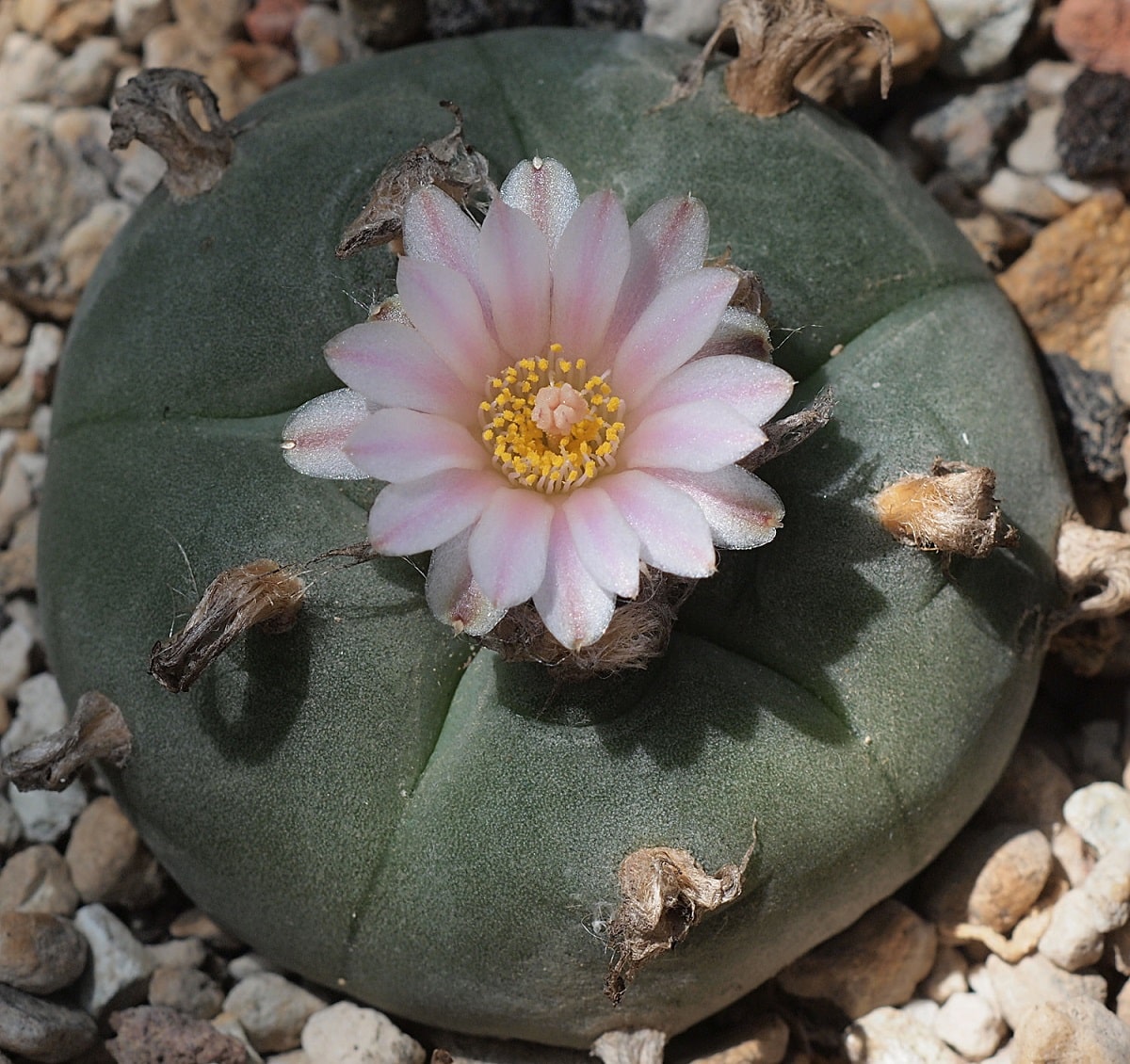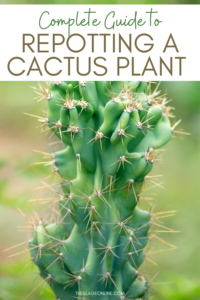The Peyote cactus, scientifically known as Lophophora williamsii, is not just a plant; it is a symbol of ancient cultures, spirituality, and a unique ecosystem. This small, disc-shaped cactus is renowned for its intriguing properties and captivating aesthetics, captivating enthusiasts and researchers alike. In this exploration, we will unravel the multifaceted dimensions of Lophophora williamsii, delving into its biological characteristics, cultural significance, and ecological impact.
Unearthing the Biology of Peyote
At first glance, the Peyote cactus might appear unassuming, with its spherical, greenish body, which usually doesn’t exceed five centimeters in height. Its ribbed surface is decorated with small, tufted areoles from where minute spines protrude. This unique morphology allows it to conserve water—an essential adaptation for survival in the arid deserts of Mexico and the southwestern United States.
One of the most fascinating aspects of Lophophora williamsii is its unique alkaloid profile. The plant is rich in mescaline, a powerful psychoactive compound that has been used for centuries in religious and spiritual rituals. Mescaline engages the human psyche, inducing vivid visual hallucinations and profound introspective experiences. This characteristic has garnered both intrigue and controversy, dividing perceptions of the Peyote cactus into those of reverence and misunderstanding.
During flowering season, the Peyote cactus reveals exquisite blooms. The flowers typically appear in late spring or early summer, showcasing a striking display of pink, white, or yellow petals. Each flower blooms rarely and only for a short period, adding to the mystique surrounding this plant. The contrast between the understated body and the vibrant flowers creates a visual allure that is a feast for the eyes.
The Cultural Tapestry Surrounding Peyote
Peyote holds a sacred place in the hearts of many Indigenous cultures. For centuries, Native American tribes have utilized this cactus in ceremonial practices, believing it to be a conduit to the divine. The spiritual significance of Peyote transcends mere herbal medicine; it is integral to the fabric of cultural identity, healing, and community bonding.
The Native American Church, which emerged in the late 19th century, centers around the sacramental use of Peyote. Members participate in ritualistic gatherings that involve ingestion of the cactus, fostering a sense of unity among participants. These ceremonies often include singing, drumming, and storytelling, enhancing the spiritual experience. The ethical consumption of Peyote is guided by respect for the plant and understanding of its profound effects, reflecting a deep-rooted philosophy embedded within these cultures.
In contemporary society, the conversation around Peyote has expanded beyond its traditional uses. Interest in plant-based entheogens has surged, sparking discussions about legality, ethical sourcing, and cultural appropriation. While some seek to explore their consciousness through mescaline experiences, others advocate for the prioritization of Indigenous rights and the preservation of traditional practices. This complex dialog reflects the need to balance exploration with respect, a theme that resonates throughout the history of this unique cactus.
The Ecosystem and Conservation of Lophophora Williamsii
The Peyote cactus is not merely a spiritual artifact; it plays a critical role in its ecosystem. Endemic to specific regions, it forms part of the delicate balance in arid environments. The plant often exists alongside other xerophytic flora, contributing to biodiversity and providing habitats for various desert-dwelling organisms. Bees and other pollinators are drawn to its flowers, making the Peyote cactus an essential participant in the ecological network.
However, ecological pressures threaten the survival of Lophophora williamsii. Overharvesting, habitat destruction, and the impact of climate change pose significant risks to its populations. The rise in demand for Peyote, especially for recreational use, amplifies these threats. Consequently, conservation efforts are essential in protecting this vulnerable species. Awareness about ethical harvesting practices and sustainable cultivation methods is crucial for ensuring the longevity of Peyote in the wild.
Prominent initiatives include advocacy for legal protections for Peyote habitats and promoting cultivation among enthusiasts. By fostering sustainable practices and respecting Indigenous uses, the conversation surrounding Peyote can shift toward preservation rather than exploitation.
The Aesthetic Allure of Peyote Cactus
Beyond its spiritual and ecological significance, Lophophora williamsii captivates the hearts of plant enthusiasts and collectors. Its unique appearance—beginning with its rounded, plump body to the occasional striking flowers—makes it a prized addition to any garden or collection. The vibrant colors, particularly during blooming, exude an aesthetic charm that stands out against the muted tones of desert landscapes.
For those who appreciate the artistry of nature, cultivating Peyote is an invitation to experience the beauty of this remarkable plant. With proper care, the Peyote cactus can thrive, offering an ongoing spectacle with its seasonal blooms and slow yet steady growth. Each cactus carries a story, embodying the intersection between nature, humanity, and spirituality.
In conclusion, the Peyote cactus, or Lophophora williamsii, is more than just an iconic plant; it embodies a rich tapestry of cultural significance, ecological importance, and aesthetic beauty. The intricate interplay of these elements shapes our understanding and appreciation of this remarkable species. Through respect and responsible practices, we can ensure that the legacy of Peyote endures for generations to come, inviting us all to appreciate the wonders of this extraordinary plant.





Leave a Comment